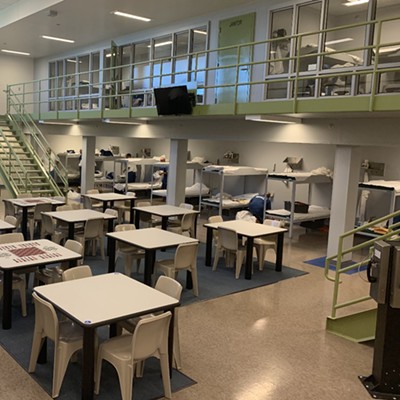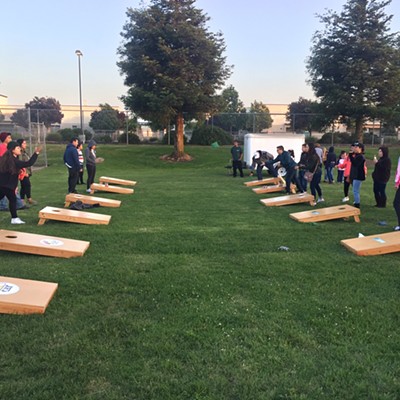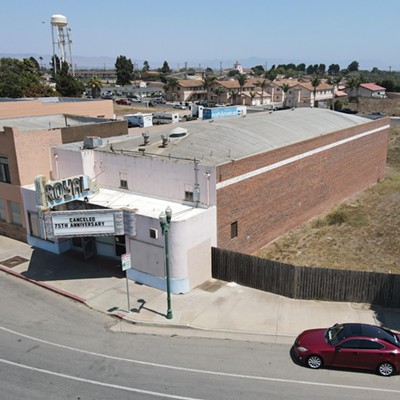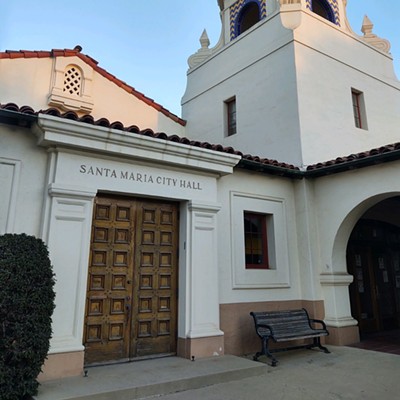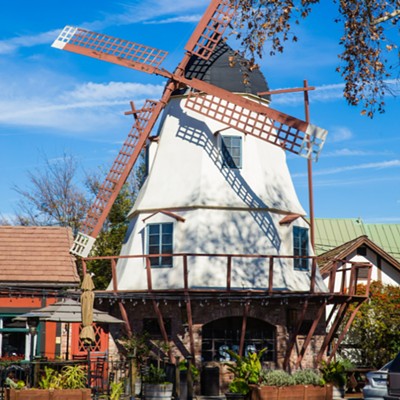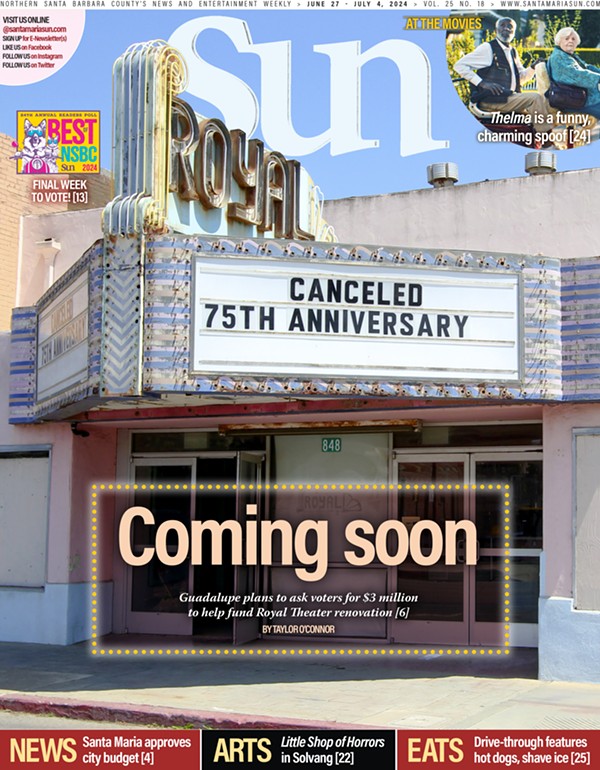A proposed space education center in Lompoc comes closer to fruition as the City Council voted 3-2 (with Mayor Jenelle Osborne and Councilmember Gilda Cordova dissenting) to approve a development agreement on 82 acres of land, including Ken Adam Park.
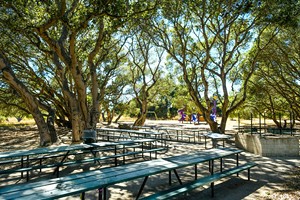
As part of this process, the city also voted 4-1 (with Osborne dissenting) to add a ballot measure to the November general election for voters to decide whether they want the public park and open space to be converted for private use.
Pale Blue Dot Ventures—a Delaware-based C corporation—has been in negotiations with Lompoc since 2019 in order to develop a venue for space camps and space exploration attractions. The development agreement will “govern the process and the potential for eventual sale” of the property to Pale Blue Dot, City Attorney Jeff Malawy told the City Council during its May 21 meeting.
“It is a lease of the Ken Adam Park property for a period up to 55 years. Before Pale Blue Dot completes nine requirements, … they will not be able to do anything with the lease,” Malawy said.
Pale Blue Dot must comply with California Environmental Quality Act standards, submit applications and entitlements to the city Planning Department, receive voter approval to discontinue public park use, and provide an initial financing plan, he said. The corporation will need to start construction within one year after it meets the city’s requirements and complete it within five years after they start.
During the 55-year lease, Pale Blue Dot will pay the city $20,000 annually. If Pale Blue Dot decides to purchase the land, it will cost $1.15 million if purchased within five years or $3 million between five to 10 years, Malawy said.
“Pale Blue Dot is requesting some abatement of TOT [transient occupancy tax]. Part of the project is not a commercial hotel but a lodging package,” Malawy said. “If you are a guest at the park, you can buy a lodging package to attend the park and stay in their Earth-based lodging. It’s the only way you’ll be able to stay in lodging on-site.”
If the purchase occurs within the first five years, Pale Blue Dot requests a 20 percent discount on TOT tax for a five-year period with a $500,000 cap, he said
Steven Franck, the co-founder and chief executive officer of Pale Blue Dot, told council members that this project would add 350 new jobs, 50 summer jobs, generate $4 million to $6 million in taxes, and bring 300,000 to 335,000 visitors annually.
Osborne voted against the development agreement because she wasn’t comfortable with waiving TOT if Pale Blue Dot delivers on its predictions because of the impacts it could have on the community, and the lengthy lease term locking future councils into an agreement that may not be beneficial to the city down the road.
Councilmember Cordova also dissented because the city doesn’t know Pale Blue Dot’s ownership structure nor its financial situation, she said.
“I do not believe that Pale Blue Dot or anyone could go anywhere in the real world without disclosing their ownership structure, without disclosing financial statements for 55 years at least without saying: In the event that you fall short, who do you come after?” Cordova said. “We get the land back because of the restrictions, but we get a land back full of liens that we will not be able to pay as a community because we can’t even afford our public safety.”
While $1.15 million sounds like a good deal now, she said, the agreement sets the purchase price for the next five years—and the land could increase in value in that time.
Councilmember Jeremy Ball felt more optimistic about moving forward with the project and said that this has a lot of opportunity for the city to grow its revenue.
“We talk about public safety and some of the things we can’t afford to do in Lompoc, and folks, the reason we can’t do a lot of the things, the shiny things or the fun things, is we do not have the revenue to provide the level of service we should,” Ball said. “Yes, there are risks but I also entertain the possibilities of what could be should some risks be mitigated.”


